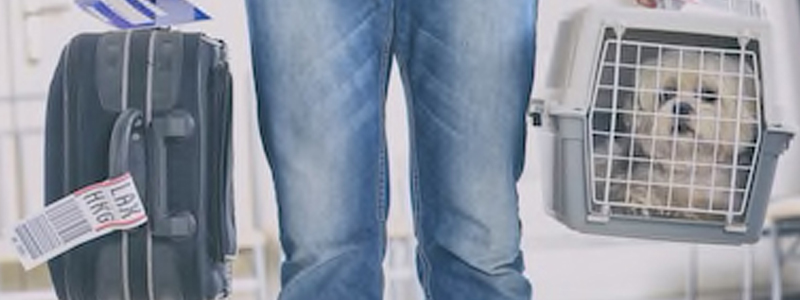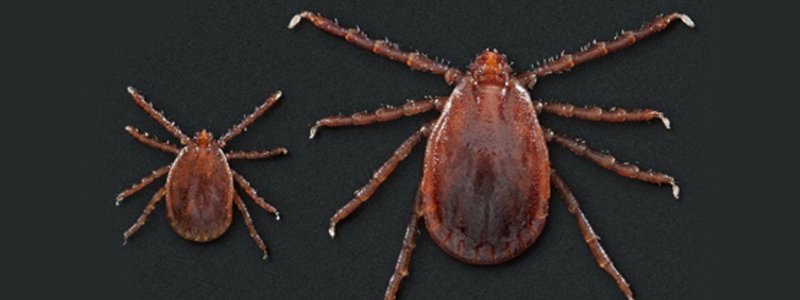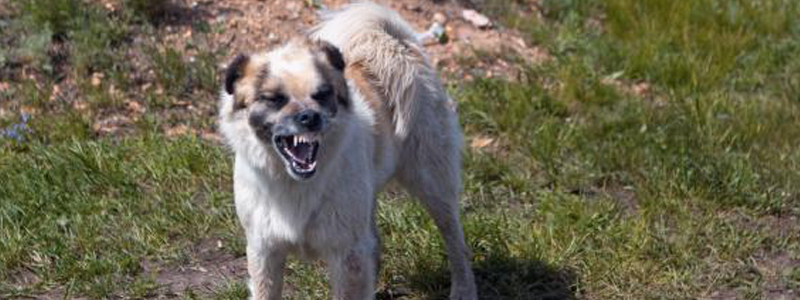BY: SAMANTHA BARTLETT, DVM
The AVMA, along with the Department of Transportation (DOT), and several airlines are working to streamline the process of pet travel for owners and veterinarians. The new guidelines will take into the account of the actual stress of travel on the pet as well as making sure forms are only asking veterinarians what they are qualified to answer. Per the department of Transportation, over 2 million animals are transported by airlines every year in the U.S.
The AVMA working groups are trying to develop uniform documentation requirements including designing the language of Certificates of Veterinary Inspection (CVIs) to be more appropriate for pet travel, including a statement attesting to the respiratory health of a pet prior to travel. The group hopes to eventually implement electronic CVIs that will be transmitted directly to the airline and reduce the risk of forgery or error. A second working group is focusing on education for the airline personnel and veterinarians on pet handling requirements and evaluation of a pet’s health for travel. Education will also focus on how to communicate with pet owners as to the importance of properly preparing their pet for travel, including acclimating the pet to long periods of time in a crate.
There are three options for pets traveling on commercial airlines: cabin, checked baggage and manifest cargo. Not all airlines offer these options. Cargo aircraft usually have adequate environmental controls and most passenger airlines have special areas in cargo that are environmentally controlled so that they are suitable for pet travel. Most airlines have special crews that only deal with animals and oversee the handling of animals in cargo during loading, transfer of flights and unloading.
Some airlines have specific requirements for crates that animals are required to travel in. Many airlines are banning certain types and sizes of crates because they pose a risk to animals either escaping or ingesting pieces of the crate. Some flights will accept an animal in a certain type of crate only to have the animal not make their transfer flight because the second aircraft cannot accommodate that particular size of crate. Additionally, owners must educate themselves on the type of documentation required by both the airline and the destination for their pet to fly. These policies are subject to change at any time. Last year, United Airlines banned four cat breeds and over 25 bulldog type breeds due to concern over respiratory issues with these pets while traveling. United also no longer accepts crates taller than 30 inches.
The AVMA Convention this August offered several continuing education modules for veterinarians regarding physical exams and other considerations for airline travel. The AVMA also has a resource page for pet parents traveling with their pets at https://www.avma.org/public/PetCare/CVI/Pages/Traveling-Dog-Cat.aspx. This page gives information on all mode of transportation used in pet travel.











